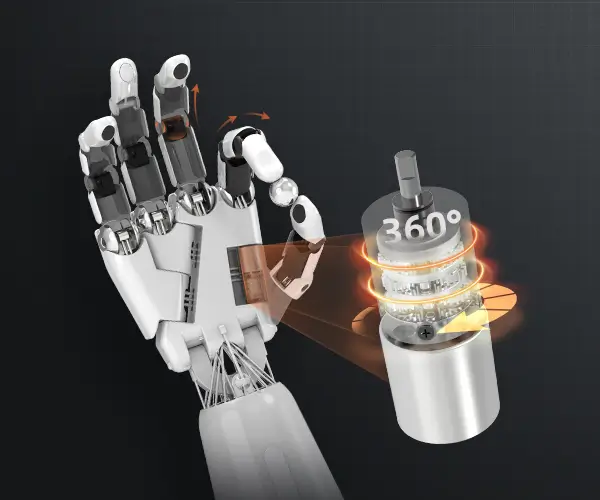Imagine a tiny motor that’s packed with precision, ready to spin your projects into motion — that’s the magic of a DC brushless motor. It’s not just a piece of hardware; it’s a game-changer for countless applications, from drones soaring in the sky to electric vehicles cruising down the street. So, what makes the construction of these motors stand out? Let’s peel back the layers.

First off, the core of a brushless motor is its stator and rotor. The stator, often crafted from laminated iron cores, hosts multiple windings that generate the magnetic field. As the electrical current flows through these windings, they produce a magnetic force that interacts with the rotor, which is typically equipped with permanent magnets. Unlike brushed motors, where brushes make contact with the commutator, brushless variants eliminate that wear-and-tear, relying instead on electronic commutation to switch the current in the windings, keeping everything smooth and silent.
A critical aspect to consider is the quality of the magnets used. High-grade neodymium magnets are common here because they’re incredibly strong, which means the motor can deliver high torque without needing to be gigantic. That’s a win for compact design, where space and weight are king. The rotor’s design often involves a precise arrangement of these magnets, often in a Halbach array, to maximize efficiency and magnetic flux. It’s fascinating how even slight tweaks in the magnet placement can impact performance — more torque, less heat, better energy use.
Then there’s the winding configuration. High-quality copper wire, insulated meticulously to prevent short circuits, wraps tightly around the stator’s laminations. Proper winding ensures consistent electromagnetic fields, which translates into smoother operation and longer lifespan. Some models even feature dual-layer windings to amplify torque. It’s like giving a turbo boost to a small engine.
Cooling mechanisms are another seemingly small but crucial detail. Some brushless motors include vented housings or even embedded cooling channels, especially for demanding applications — think high-speed turbines or industrial machinery. These features prevent overheating and maintain optimal performance over extended periods.
Now, when someone asks, "Why do I need to pay attention to the construction details?" — it’s simple. Because all those micro-decisions impact how fast, how long, and how efficiently the motor runs. When you’re choosing a motor for a specific task, understanding its construction can help you avoid surprises: overheating, insufficient torque, or short life span. It’s about aligning core features with your project’s demands.
Product quality and reliability? That’s where a good construction really shines. A well-built brushless motor with premium magnets, precisely wound coils, and effective cooling means fewer maintenance headaches and a longer operational life. It’s like investing in a trusted companion that keeps your machines running without hiccups. For anyone serious about performance, knowledge of the construction isn’t just technical nerd stuff — it’s the secret to making smart choices.
In the end, these motors are engineering marvels born from meticulous design and craftsmanship. They’re about turning electricity into endless possibilities, quietly and efficiently. And knowing what’s inside helps you appreciate why they are the backbone of modern innovation.
Established in 2005, Kpower has been dedicated to a professional compact motion unit manufacturer, headquartered in Dongguan, Guangdong Province, China.




































